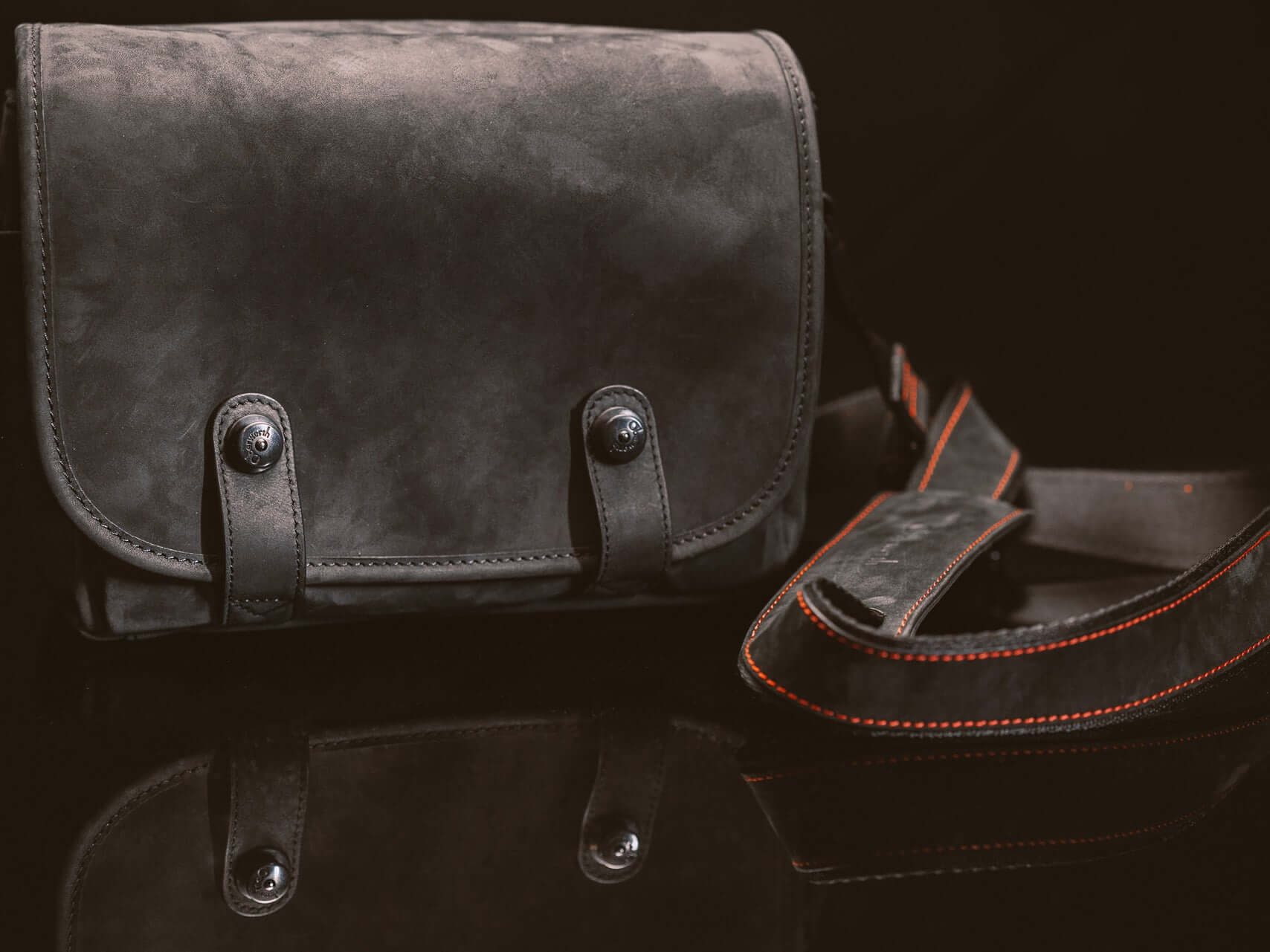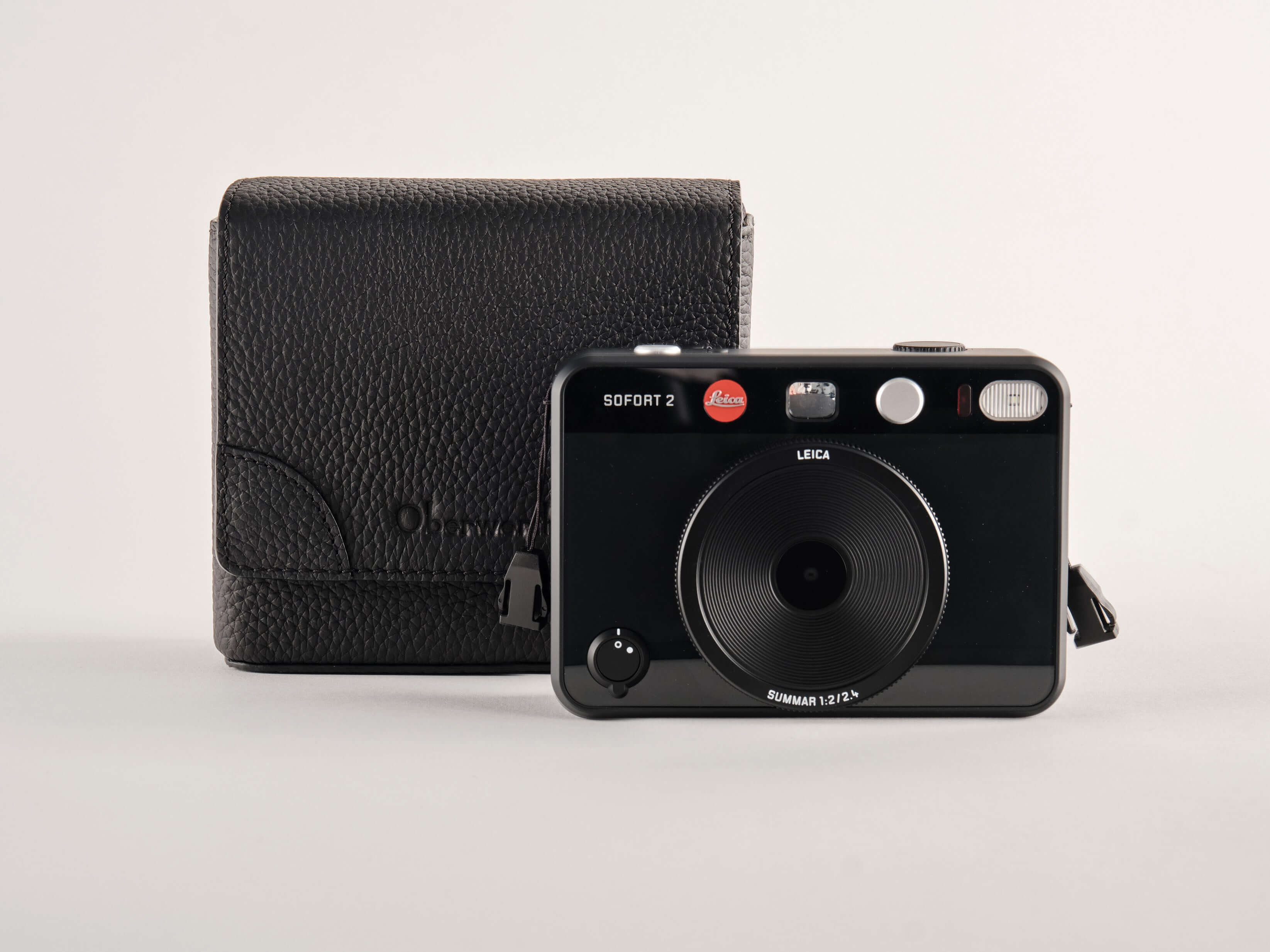
Getting the best out of Leica's M lenses: A comprehensive guide
The world of Leica M lenses is huge and has a long history. Books that deal with this history and the individual lenses or provide professional Leica M lens tests comprise several hundred pages. However, such compendiums are not only of interest to nostalgics and collectors. One of the many qualities of Leica M lenses is their timelessness: you can still use many M lenses from the 1950s with a current digital Leica M camera. Many even swear by the earlier generations of M lenses in terms of resolution, contrast range or contour sharpness and prefer them to the current ones. Leica beginners and photo professionals alike are always looking for ways through the world of M lenses - a compact Leica M lens guide for the individually suitable selection of a lens and good purchasing decisions. Here at Oberwerth you will find this decision-making aid together with the right bags, cases and pouches for your Leica and all your Leica lenses.
Exceptional lenses for an exceptional camera
Leica's M series is like Porsche's 911. Both stand for purism in their respective disciplines. Both have taken up new technical developments over the decades and both could always be tailored to personal requirements - there via the equipment list and here with the Leica M lenses. With the rangefinder of the M cameras, you can look at each of your photo subjects in a completely different way. Together with the Leica M lenses, the legendary character of Leica M images is created with the suggestion of a 3D effect on printed images, high color saturation or a soft bokeh. Today, Leica uses around 100 types of glass, most of them developed in-house, for well over 300 elements of Leica lenses. The M lenses in particular have another advantage: compactness. A Leica M does not use autofocus, so Leica M lenses do not require autofocus motors that make other lenses larger and heavier.
You can also find the right camera bag for your equipment and everything you need to protect your camera in our Oberwerth Shop. From classic camera bags to modern sling bags up to noble photo weekenders and backpacks. Of course you will also find hand straps and shoulder straps. Finest craftsmanship made from the best materials. Take a look around and find the bags & accessories that best suit you and your equipment!
Comprehensive guide to Leica M lenses: these lenses are available
In 1954, Leica introduced the M3, the first camera with a bayonet mount after the screw thread on earlier camera models. The advantage: the lens is briefly positioned once and then locked in place with a short twist. From then until the Leica M11, which was launched in 2022, this shutter has practically always worked with all M generations. There are only a handful of incompatibilities with the M5, M9 and a few wide-angle lenses. The wide angle is only one group of Leica's M lenses. Besides that you get:
- Standard lenses
- Macro and
- Telephoto lenses
With all of these lens types, you will find different model ranges of Leica lenses. These give you information on the aperture of the lenses:
- Leica M Noctilux (Noct): F 0.95 - F 1.2
- Leica M Summilux (Lux): F 1.4
- Leica M Summicron (Cron): F 2
- Leica M Summarit: F 2.5
- Leica M Elmarit: F 2.8
- Leica M Elmar: F 3.5 - F 4.0
There are also some aspherical lens variations (ASPH). The lenses are or were manufactured with focal lengths from 21 mm (Elmarit or Summilux) up to 135 mm focal length (Elmar and Elmarit).
Leica M lens test: prices and performance
If you are looking for a Leica M lens, you will certainly notice the enormous price ranges between new and older, well-preserved M lenses. It starts at around a thousand euros, but some lenses are also traded at 30,000 and more. Are the expensive M lenses the better choice? Yes and no: First of all, the image quality of an M lens is always in the eye of the beholder. All Leica lenses - for the M series and others - meet the highest imaging standards. They are created in our own glass laboratory by some of the best specialists, who constantly strive to overcome even the last geometric imaging errors or aberrations in an optical system. The aim is not only to achieve the best possible result, but also an outstanding image experience with its very own character, which makes the difference between Leica cameras or lenses and others.
This approach has resulted in a series of special models and small editions of cameras and lenses. These do not surpass the series production in terms of quality, but simply remain more exclusive in small numbers or with special details - such as the Leica M Monochrom Set designed by Lenny Kravitz with only 125 boxes including M lenses, which initially changed hands for just under 23,000 euros and later even more.
Using Leica M lenses
Although new M digital cameras can be quickly connected to older M lenses and their bayonet mount, the camera does not automatically recognize the lens. This requires special coding of the lenses. This is included with all Leica M lenses manufactured from mid-2006 onwards. Many older lenses can be retro-coded. This costs around 100 euros and the camera then automatically identifies lens types and improves the image quality. There are also other tips for optimizing Leica M lenses, which also apply to photo cameras and lenses in general:
- Always keep the camera and lenses dry and clean in their camera bags. Silica gel bags and regular cleaning will help, as microorganisms can quickly grow from any dirt and damage your camera bag or camera.
- Never leave your Leica M or M lenses unused for too long. Shoot analog, mechanical cameras about every three months without film inserted - with different shutter speeds. Also use all other controls such as program selection or M field selector, aperture and distance setting. This will prevent the lubricants in the camera from gumming up over time when not in use. After a few years and with older cameras, these lubricants must of course be replaced. The Leica M-Sytem Service can help you here.
- Also pay attention to a few little things when you carry your Leica M and M lenses with you: Do not leave either in direct sunlight. Always put the lens caps on and clean the camera and lens carefully if necessary. Light stains or fingerprints are best removed with a lint-free, slightly damp cloth - tougher dirt should first be carefully loosened with a soft (tooth) brush. Carefully remove lint or dust from inside the camera with a fine hair brush.
In this way you can take good care of and protect Leica M cameras or M lenses and enjoy their unique qualities again and again for years or even decades.

